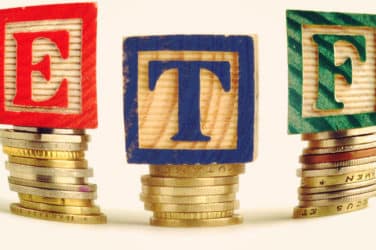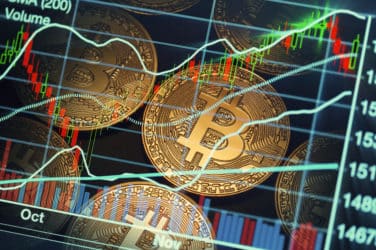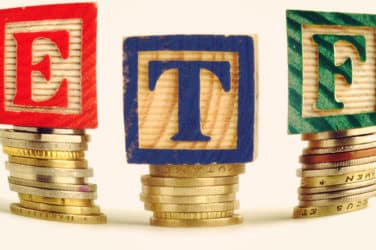
Long-only equity investors strive to persevere, but some market participants favor absolute return to combat volatility.
Absolute return or simply, returns take into account gains and losses. Such measurement is in the wheelhouse of alternative vehicles, such as hedge funds. While hedge funds had a relatively underwhelming year, especially in the third quarter of 2011, some market observers are anticipating institutions will favor absolute return, versus the gains-only or relative return akin to long-only equity managers.
“Events will continue to move fast – this suggests that portfolio flexibility and real-time governance models will have a greater chance of success than buy and hold strategies,” said Divyesh Hindocha, global director of consulting in Mercer’s Investment Consulting business.
“More institutional investors will be moving to a ‘floating strategic asset allocation’ mind-set whereby the investment strategy evolves and morphs over time, in order to grasp opportunities and exploit valuation anomalies,” he said.
Many large institutions, such as endowments and foundations have adapted this “go-anywhere” principal, unconfined by the typical “vanilla” asset allocation model of many pensions.
Yet, in the passive investing space, some advocates of exchange traded funds (ETFs) are questioning the ability to absolute return shops to avoid market correlations, a rising trend amongst the current volatile market. And active investing has not come without a price.
“Recent market volatility has put a premium on strong, steady returns,” said an unnamed source. “But with fees under scrutiny, more and more investors are questioning the traditional ‘2 & 20’ fees charged by leading hedge funds.”
“Investors are will examining the full swath of absolute-return ETFs on the market today and determine if these products deliver on their core promise to investors, which are steady returns that are non-correlated to overall market pressures,” the source continued.
With macroeconomic trouble looming into 2012, institutions can be sure to benefit from having options.
“We expect more investors to diversify away from expensive sovereign debt into a range of corporate and asset-backed varieties. They may be aided in doing so by ‘fire sales’ of debt by de-leveraging banks,” Hindocha continued.





